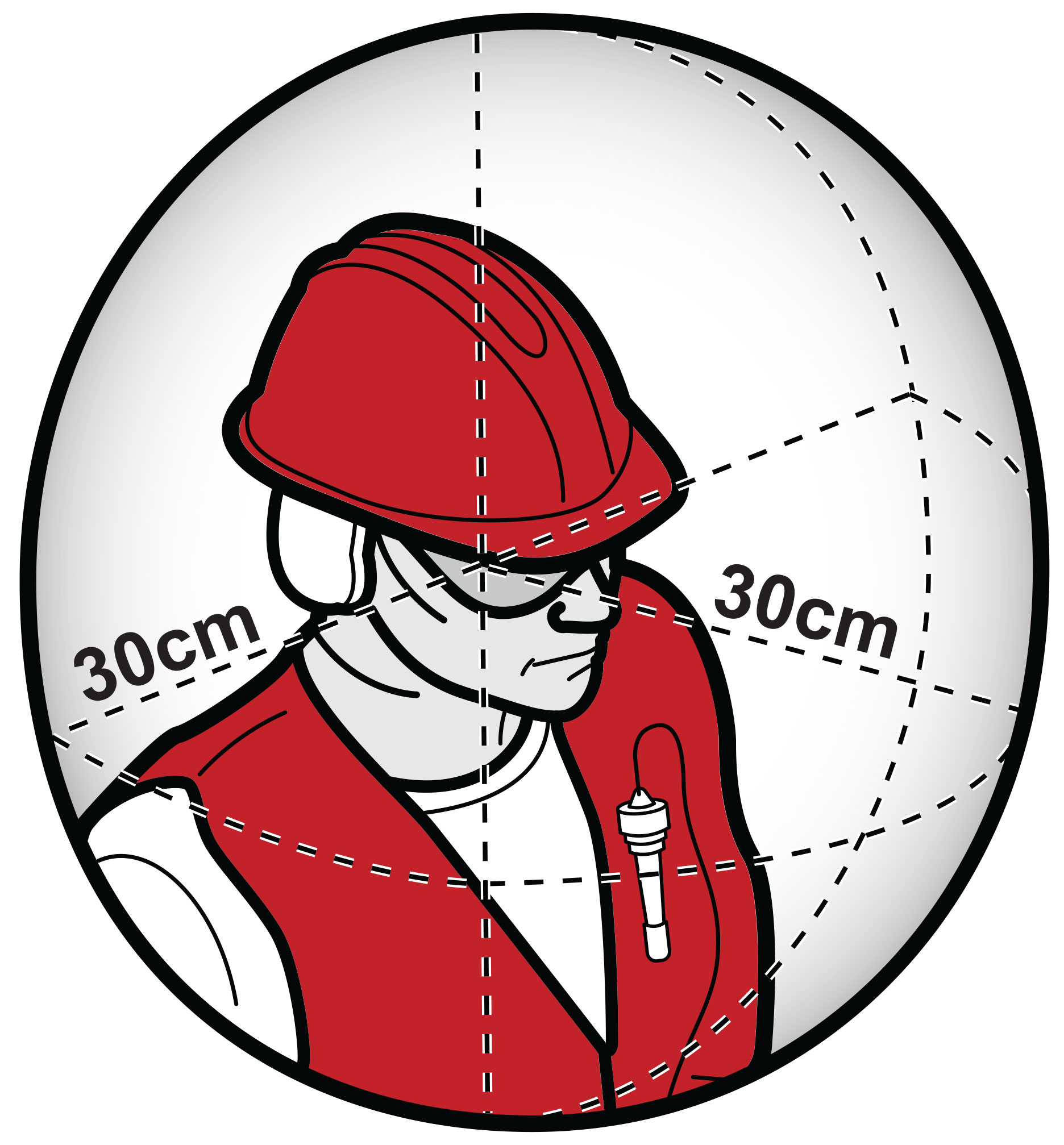Workplace exposure standards represent the airborne concentration of a substance or mixture that can’t be exceeded. Substances that have workplace exposure standards are listed in the Workplace Exposure Standards for Airborne Contaminants and the Hazardous Chemical Information System.
When is air monitoring required?
As a person conducting a business or undertaking, you must do air monitoring to determine the airborne concentration of an airborne contaminant at your workplace if:
- you are not certain on reasonable grounds if the airborne concentration of the substance at the workplace exceeds the exposure standard, or
- monitoring is necessary to find out if there is a risk to health.
The model WHS regulations have specific requirements for air monitoring when asbestos removal requires a Class A asbestos removal licence. More information can be found on air monitoring for asbestos in the model Code of Practice: How to safely remove asbestos.
Why is air monitoring useful?
Air monitoring can help in assessing the risk to your workers because it can show:
- how much your workers are being exposed
- which processes or products are the source of the exposure, and
- if your current control measures are working.
How should air monitoring be conducted?
Air monitoring to determine a worker’s exposure involves measuring the level of an airborne contaminant in the breathing zone of workers using a personal sampler during their usual work activities, including routine breaks. Figure 2 shows an approximation of a worker’s breathing zone.
Figure 2 Worker’s breathing zone

A competent person should conduct your air monitoring, for example a certified Occupational Hygienist.
You must keep records of air monitoring for at least 30 years, or for 40 years in the case of asbestos. You must also make sure that your workers can access these records.
An air monitoring report should include:
- the background and purpose of the air monitoring including the current workplace exposure standard
- the task to be measured including work patterns and hazards involved with this task
- the control measures in place and their performance
- what sampling and measurements were taken (long and short-term) including information on the calibration of the sampling equipment
- specifics of how sampling was taken
- how and where the samples were analysed including information on the calibration of the analysis equipment
- an interpretation of the results:
- exposure sources
- adequacy of current control measures o assessment of risk including identification of tasks not measured that are likely to be an exposure source and any workers that could be exposed but were not measured, and
- compliance with WHS laws
- recommendations, for example:
- dust control action plan
- changing control measures and work practices
- worker training
- further air monitoring, and
- health monitoring.
Further information
For more information about air monitoring for airborne contaminants and when it is needed, read our Model Code of Practice: Managing the risks of hazardous chemicals in the workplace and Model Code of Practice: Managing the risks of respirable crystalline silica from engineered stone in the workplace. More information can be found on air monitoring for asbestos in the model Code of Practice: How to safely remove asbestos.
More information about Workplace exposure standards can be found in the Guidance on the interpretation of Workplace exposure standards for airborne contaminants.

